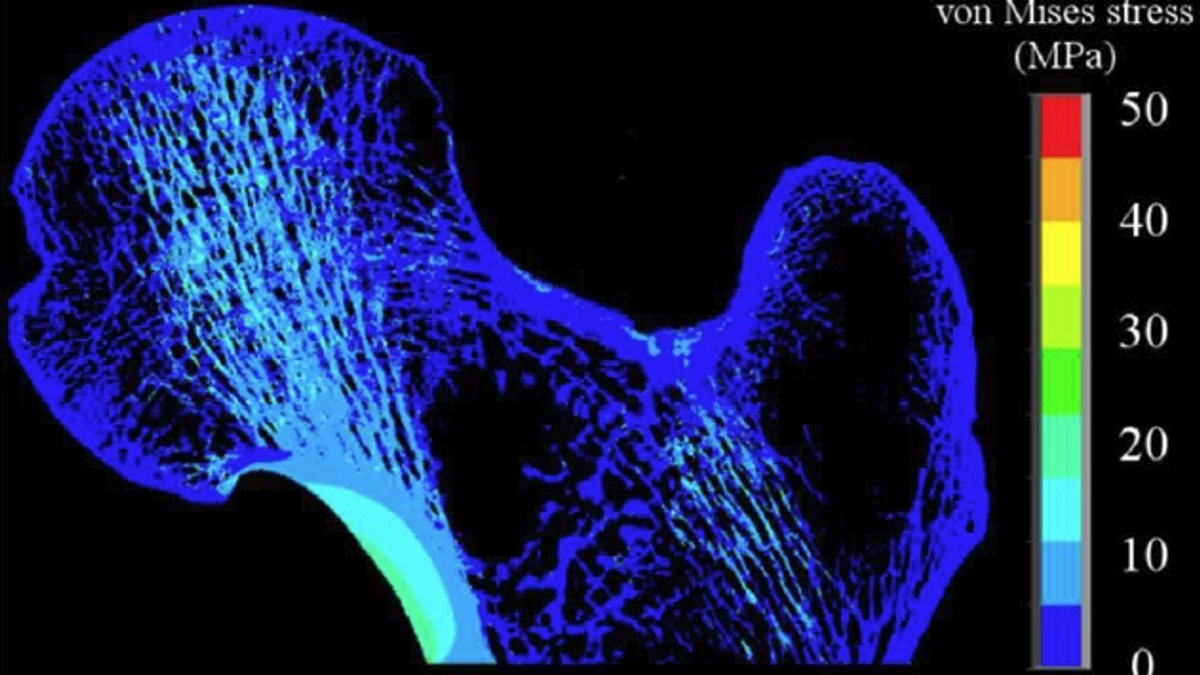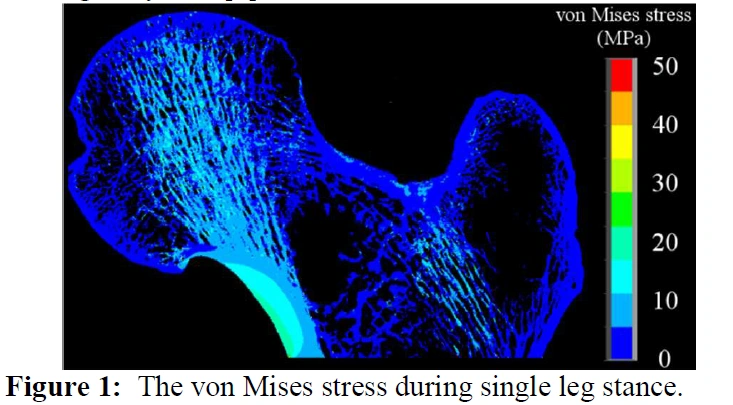
Pushing the Limits of Bone-Mechanics Simulation
My custom-built tools (written in C++) have enabled these world leading bio-mechanics researchers to simulate at higher resolution than ever before. This research is creating new methods that can be used to development new implants and surgical devices that can, for example, reduce revision surgeries due to implant failure.
A New Finite-Element Software Pipeline for the Micro-Structural Analysis of the Proximal Femur
Authors: S Martelli, E Perilli, GS Ruthenbeck, Y Bala, M Taylor, KJ Reynolds.
Introduction:
Understanding how the trabecular and cortical compartments contribute to the load-bearing capacity of the human proximal femur has important implications to both clinical practice and basic-science [1]. Advances in computing power and computed-tomography (CT) scanners over the last two decades now makes it possible to run large-scale micro-structural finite element (FE) analysis of the femur, providing in-depth information on the trabecular and cortical bone mechanics.
However, current microstructural femur models require large supercomputing power, ad-hoc software and the common point-load simplification of the hip contact force that lead to numerical artefacts in the femoral head region. We present a novel software pipeline for generating micro-structural FE models of the human femur, determine the hip pressure distribution on the femoral head, solve the elastic problem and post-process the large result file.
Conference: CMBE15. 4th International Conference on Computational & Mathematical Biomedical Engineering. 29th June – 1st July 2015. Ecole Normale Sup ´ erieure de Ca. Full list of proceedings.
